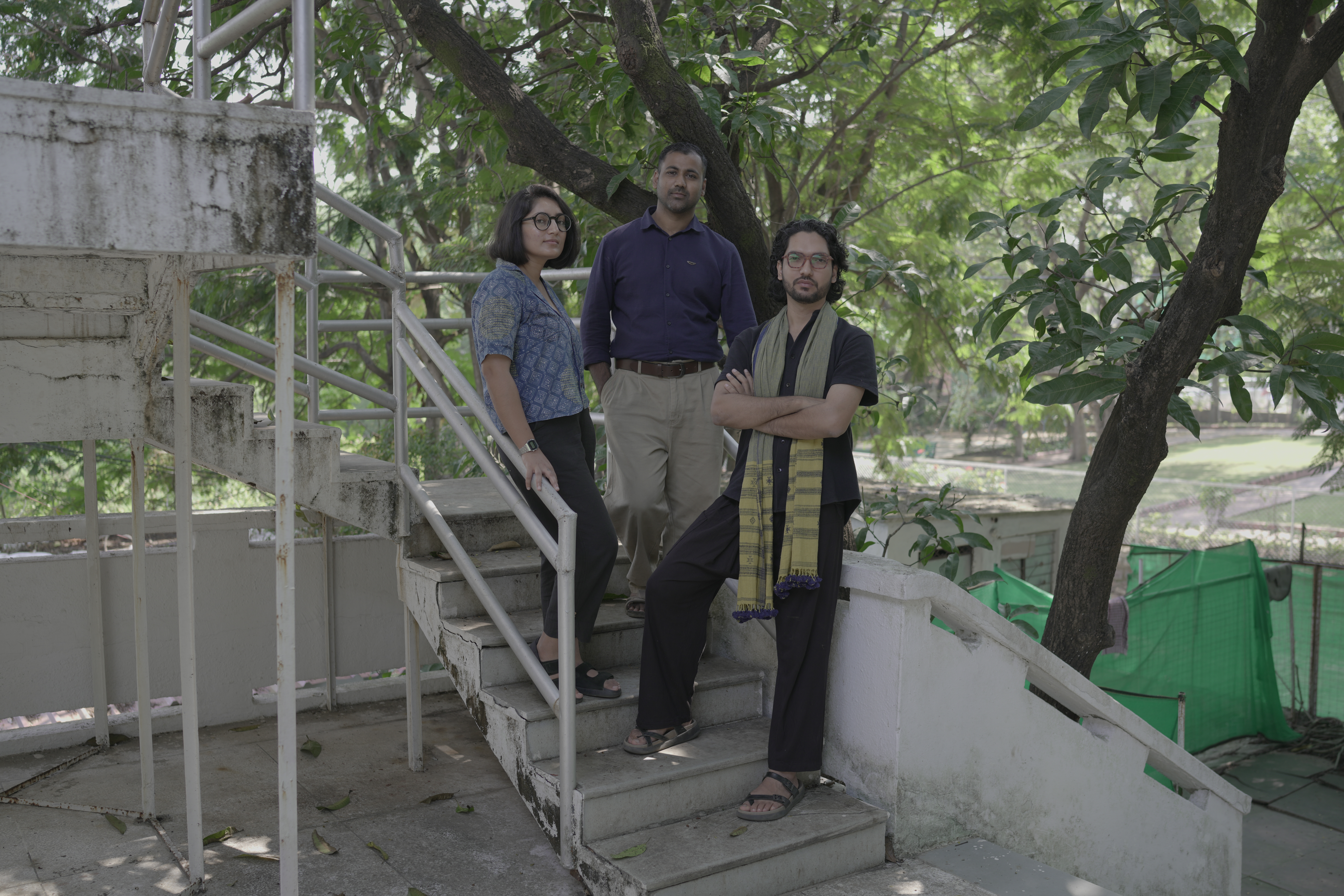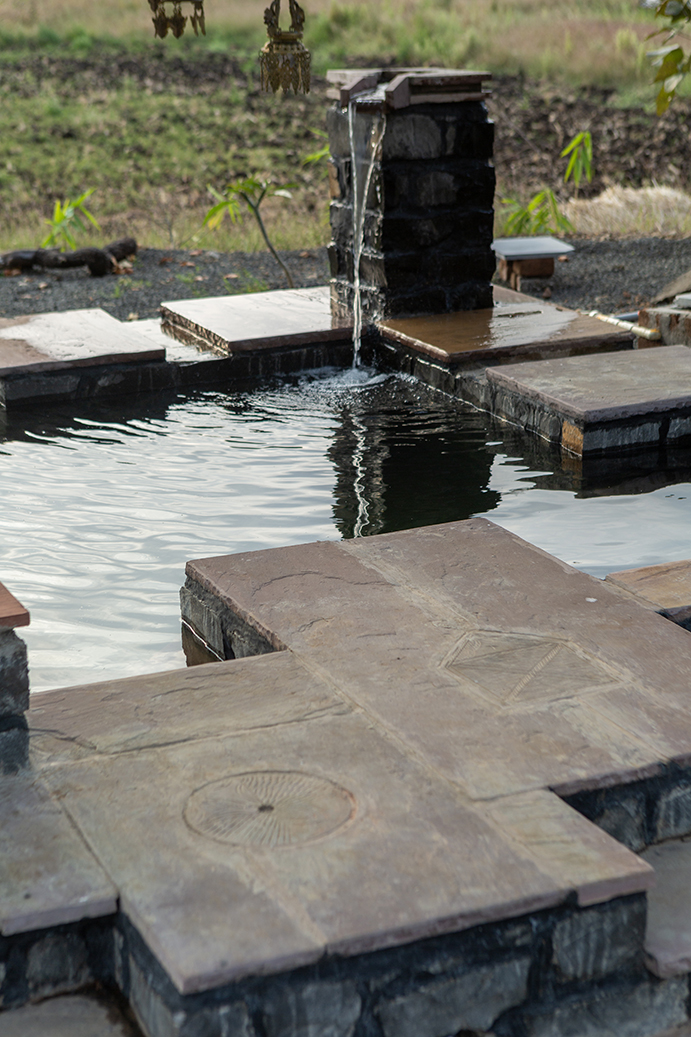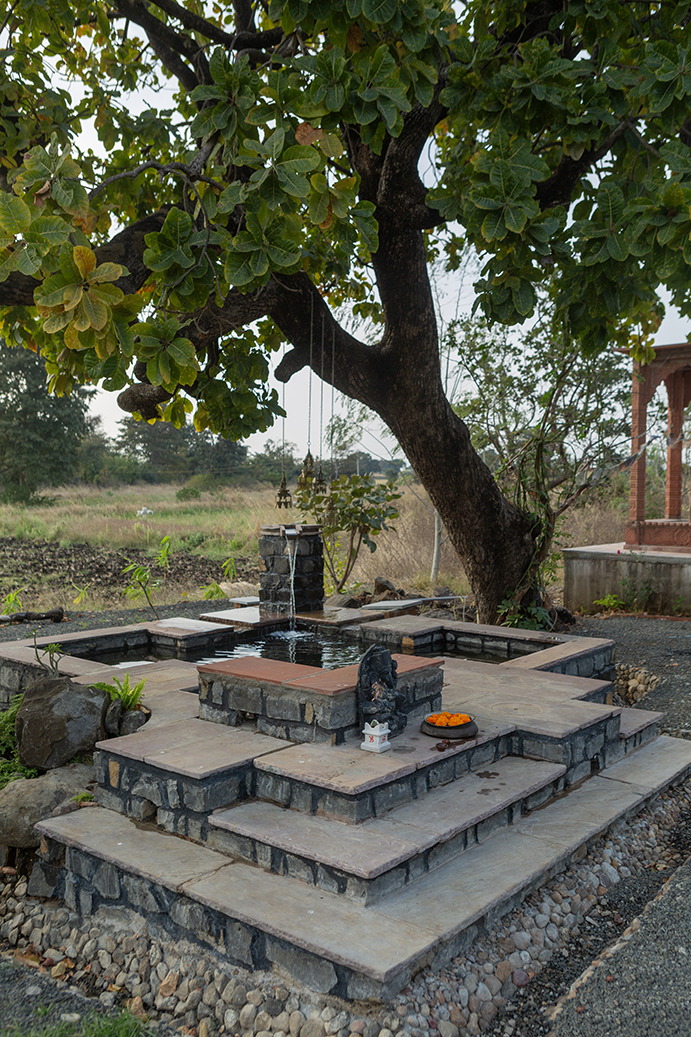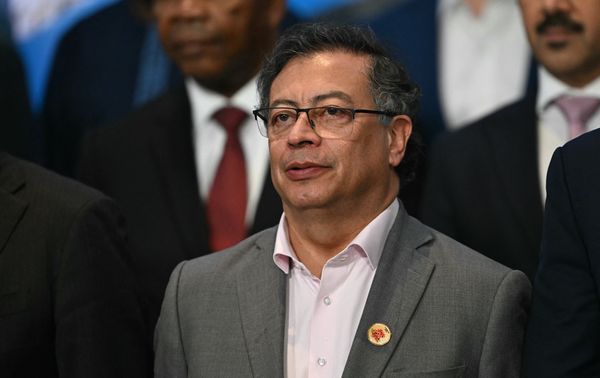
It’s not common for recent architecture graduates in India to set up shop outside major metropolitan areas. Yet it’s exactly what Nipun Prabhakar did in 2021 when he founded Dhammada Collective in the quiet city of Bhopal; Nilesh Suman and Simran Channa joined him over the next two years to complete the core team of this small design and research group. ‘Access to design is lacking in Tier-2 and -3 cities and rural areas,’ explains Prabhakar. ‘We wanted to focus on these regions with the aim of providing an alternative to rapid, often unsustainable growth.’

Dhammada Collective: a profile
At the core of the collective’s work are two interlinked ideas. The first is participatory design, best exemplified by their largest commission to date: an ongoing project to co-create over 50 ‘rural homestays’ directly with homeowners across nine villages in the central state of Madhya Pradesh for the local tourism board.
Similarly, in the northern hilly state of Himachal Pradesh, the collective is working with students and villagers to rebuild a primary school that was ravaged by recent floods. This method, especially in this part of the world, comes with its challenges. ‘We’re engaging with communities who haven't worked with architects before,’ says Channa. ‘So building trust is a struggle. We have to unlearn what we have learnt and learn from what they know.’

Cultural preservation is the second aspect that unites the collective’s work; every project begins with a survey of local materials and vernacular ways of building and living. A community plunge pool in Bhopal, for instance, is constructed in locally-sourced basalt, topped with red sandstone that further encases ‘grinding’ stones made by local craftsmen — in a design reminiscent of traditional stepwells.

The group’s work in this realm also extends to discourse. An exhibition designed for the non-profit Hunnarshala Foundation as part of the Sharjah Architecture Triennial 2023 shined the spotlight on a variety of traditional building crafts, from brick dome-making to mud and lacquer work. Another upcoming exhibition will employ the traditional Indian charpai (woven bed) to present how pastoral communities travel with their homes.

‘I can’t say that it’s very financially rewarding yet,’ admits Prabhakar of their unconventional practice, ‘but we’re hoping to get there someday.’ The collective has already started developing craft-based products, as much to diversify their revenue streams as to support local economies.

The big dream is to digitally document and make vernacular building traditions across the country available for public access. ‘Sometimes architects have to play roles beyond that of just a designer,’ he says, in an obvious nod to the name of the practice — dhamma ada — which loosely translates to ‘performing one’s duty.’








